
Quick Look
| Density | Melting Point | Thermal Conductivity | Electrical Conductivity | Coefficient of Expansion |
|---|---|---|---|---|
| 8.4-8.7 g/cm³ | 900-940°C | 110-120 W/m·K | 15-20 MS/m | 19-21 µm/m·K |
About the Material
Materials We Support:
| ASTM | DIN | GB | Density (g/cm³) | Hardness | Tensile Strength,Yield (MPa) | Fatigue Strength (Mpa) | Elongation at Break (%) |
| C280 | CuZn40 | H59 | 8.5 | 80~120 HB | 250~400 | 150~250 | 20~30 |
| C280 | 2.0360 | H62 | 8.5 | 80~120 HB | 230~380 | 150~220 | 20~30 |
| C37710 | CuZn40Pb2&2.0380 | HPb59-1 | 8.5 | 100~120 HB | 350~450 | 180~230 | 20~30 |
| C371 | CuZn39Pb0.5 | HPb61-1 | 8.5 | 120~170 HB | 350~450 | 180~250 | 20~30 |
| C464 | CuZn39Sn | HSn62-1 | 8.54 | 130~170 HB | 350~500 | 180~250 | 20~40 |
Advantages:
Machinability: Brass is one of the easiest metals to machine, leading to faster production and lower costs.
Corrosion Resistance: Brass is naturally resistant to corrosion, especially in water, making it ideal for marine and plumbing applications.
Attractive Finish: The bright, gold-like appearance of brass makes it desirable for decorative applications.
Electrical Conductivity: Brass alloys offer good electrical conductivity, useful for connectors and terminals.
Limitations:
Material Cost: Brass can be more expensive compared to other metals like aluminum or steel.
Softness: Brass is relatively soft, which makes it more prone to scratches and dents compared to harder metals.
Weight: Brass is heavier than some alternative materials, which may be a limitation in weight-sensitive applications.
Chemical Composition Table for Brass Alloys
| Element | Typical Percentage (%) |
| Copper (Cu) | 55-70 |
| Zinc (Zn) | 30-40 |
| Lead (Pb) | ≤ 3.0 |
| Tin (Sn) | ≤ 1.0 |
| Iron (Fe) | ≤ 0.1 |
Mechanical Machining Properties Table for Brass Alloys
| Property | Value |
| Machinability Rating | Excellent |
| Cutting Speed (m/min) | 250-350 |
| Tool Wear Resistance | High |
| Coolant Requirement | Optional |
| Surface Finish Quality | High |
Design Parameters Table for CNC Machining Brass Alloys
| Maximum Bulid Size (mm) | Minimum Wall Thickness (mm) | Minimum Assembly Gap (mm) | Tolerance (mm) | Minimum End Mill Size (mm) | Minimum Drill Size (mm) |
| 850x500x500 | 1 | 0.01 | Minimum 0.01 | 1 | 0.5 |
Industry Applications and Case Studies for CNC Machining Brass Alloys
Plumbing Industry:
Application: Production of fittings, valves, and connectors.
Case Study: A plumbing manufacturer used CNC machining to produce brass valves, providing durability and corrosion resistance in water systems.
Electronics Industry:
Application: Manufacturing of electrical connectors, terminals, and components.
Case Study: An electronics company utilized CNC machining to create brass connectors, ensuring good electrical conductivity and reliability.
Decorative and Architectural:
Application: Production of door handles, light fixtures, and architectural trim.
Case Study: An architectural firm used CNC machining to produce intricate brass door handles, adding an elegant finish to the project.
Frequently Asked Questions (FAQs) about CNC Machining Brass Alloys
What are the benefits of using brass alloys in CNC machining?
Brass alloys offer excellent machinability, corrosion resistance, and an attractive finish, making them suitable for a variety of applications.
Is CNC machining suitable for high-volume brass alloy production?
Yes, CNC machining is effective for both prototyping and high-volume production of brass components.
What industries benefit from CNC machining brass alloys?
Industries such as plumbing, electronics, and architecture benefit from brass's properties.
How does brass compare to bronze in terms of machinability?
Brass is generally easier to machine compared to bronze, with less tool wear and faster cutting speeds.
What are the limitations of using brass alloys in CNC machining?
Limitations include higher material costs and susceptibility to scratches and dents due to its softness.
Can brass alloys be polished for a better finish?
Yes, brass alloys can be polished to achieve a high-quality, shiny finish suitable for decorative purposes.
What tolerances can be achieved with CNC machining brass alloys?
Typical tolerances are ±0.08 mm, depending on the specific requirements of the part.
Finishing Options

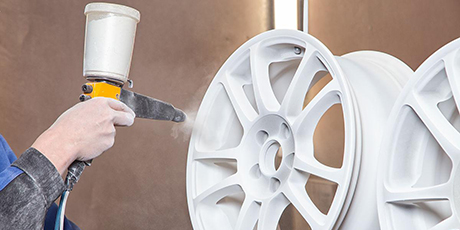

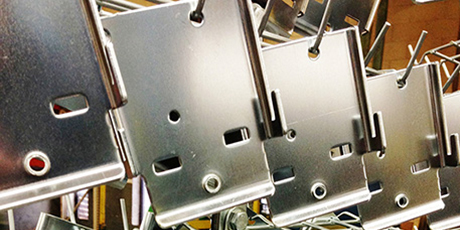
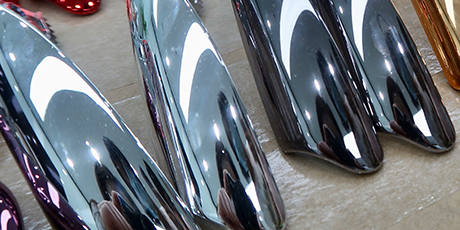

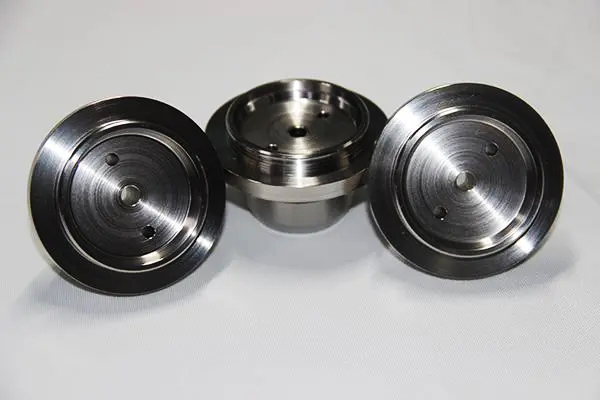
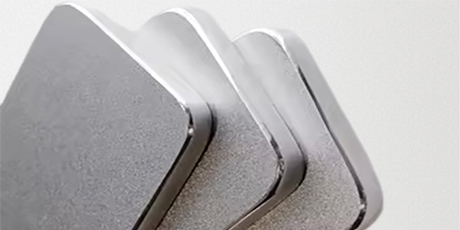










Parts Made by AutofabX

